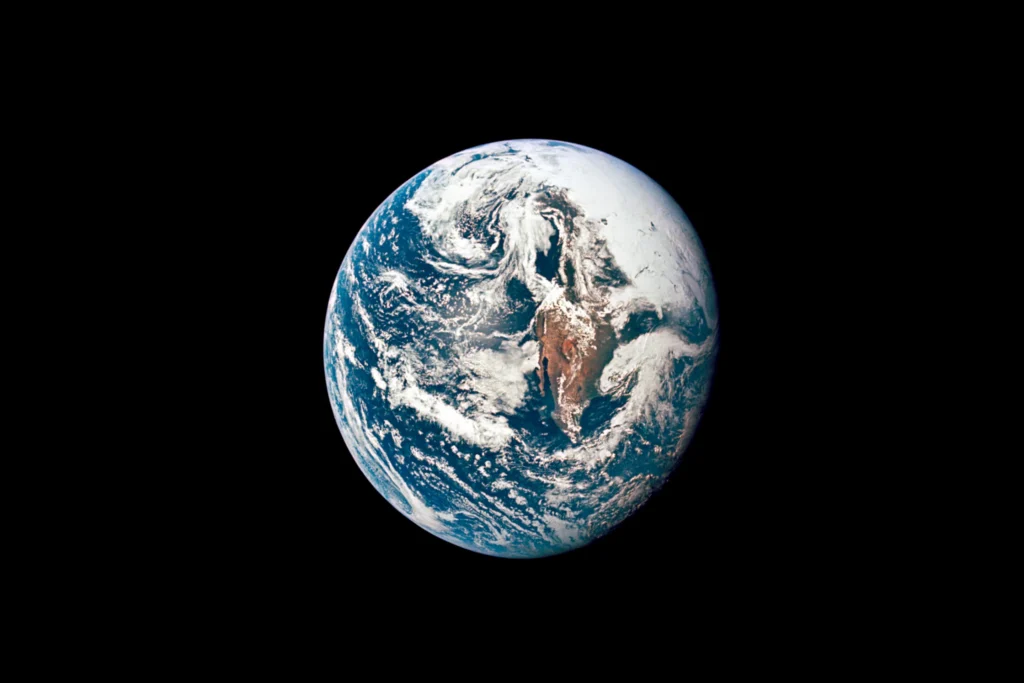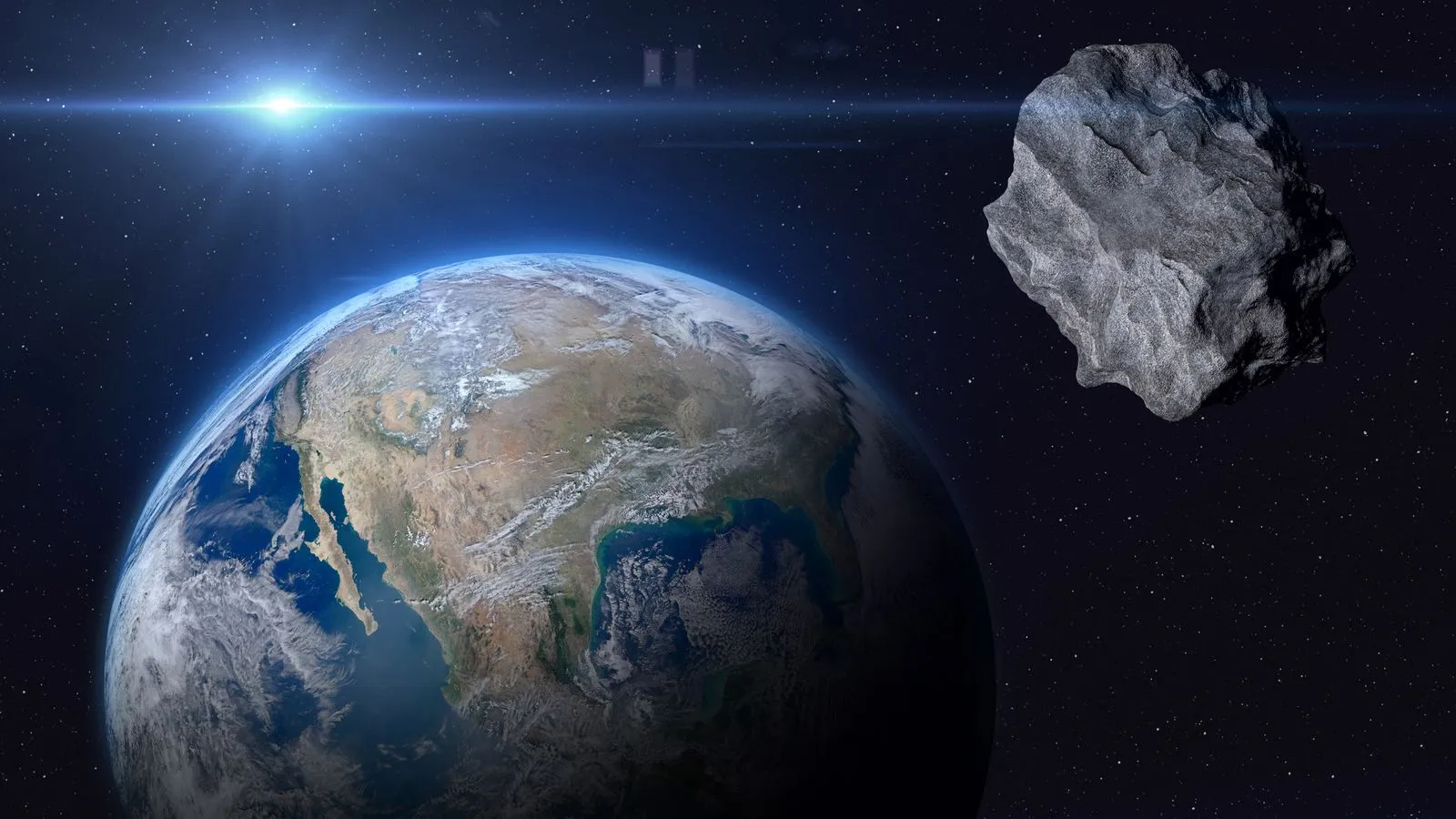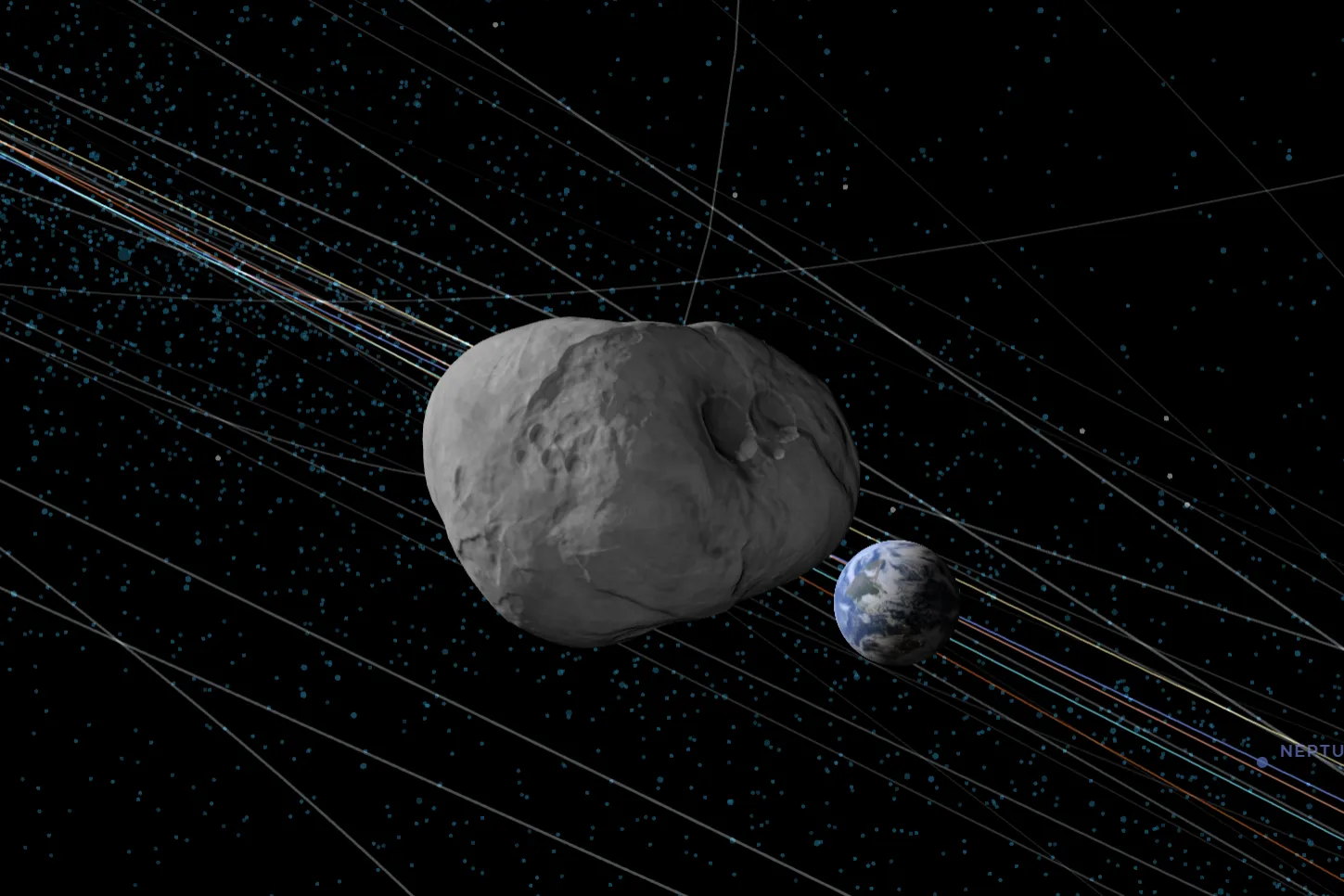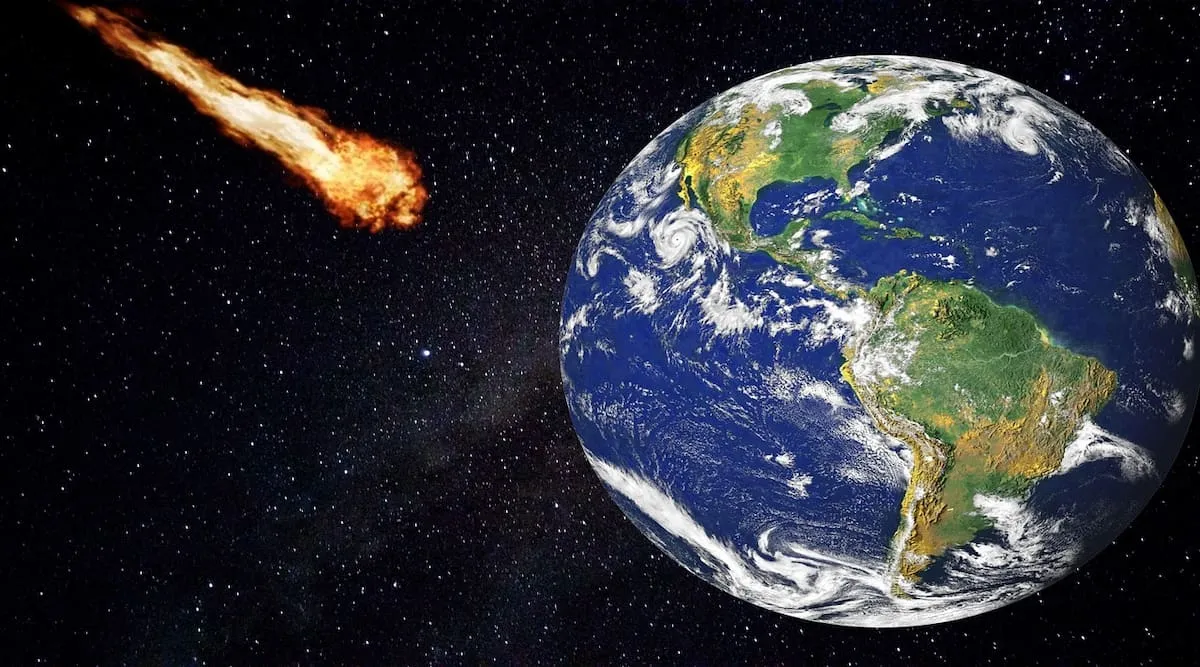
As our planet continues its celestial journey, the discovery and monitoring of asteroids remain a critical aspect of space science, with asteroid 2024 YR4 capturing recent headlines. Despite a slight increase in the calculated risk of collision, scientists maintain that the probability of this space rock striking Earth in 2032 is minimal, emphasizing the sophisticated methods and technologies employed to track such near-Earth objects.

Unveiling the Mystery: What Is Asteroid 2024 YR4?
Asteroid 2024 YR4, initially spotted by a telescope in Chile in December, has sparked considerable interest and a bit of concern due to its potential Earth-bound trajectory. Measuring an estimated 130 to 300 feet (40 to 90 meters) in diameter, this asteroid represents a fascinating subject for astronomers and the general public alike. The University of Hawaii’s asteroid impact alert system was the first to detect this celestial body, marking it as an object of interest due to its sudden appearance from the depths of space.
The Odds of Impact: Analyzing the Threat
Recent calculations by NASA and the European Space Agency (ESA) have slightly adjusted the odds of Asteroid 2024 YR4 colliding with Earth to about 2%. However, this figure is not static; as more data becomes available, these odds are expected to fluctuate and likely decrease to zero. “You don’t have to be worried about anything. It’s a curiosity,” reassures Larry Denneau, a senior software engineer involved in the tracking system. This sentiment is echoed by Paul Chodas, director of NASA’s Center for Near-Earth Object Studies, who confidently stated, “No one should be concerned that the impact probability is rising. This is the behavior our team expected.”

How Scientists Keep an Eye on Skybound Dangers
The task of monitoring asteroids like 2024 YR4 involves an array of global telescopic assets and sophisticated algorithms. After its initial discovery, further observations were planned with the Webb Space Telescope in March to refine measurements and predictions about the asteroid’s path. These efforts illustrate the layered approach to planetary defense that includes initial detection, ongoing monitoring, and potential mitigation strategies.
The Science of Prediction and Prevention
Understanding the path and size of an asteroid is crucial for determining the potential severity of any impact. Should 2024 YR4 be on the larger end of its size estimate, the consequences could be more severe, reminiscent of historical impacts like the Tunguska event in 1908, which devastated vast stretches of Siberian forest. Conversely, if the asteroid is smaller, any impact would likely be localized and far less catastrophic.
NASA’s experience with asteroid deflection was demonstrated in 2022 when the DART spacecraft successfully altered the orbit of a non-threatening asteroid. This test represents a significant advancement in planetary defense technology, showing that proactive measures can be taken to avert potential disasters.

The ongoing study and monitoring of asteroids underscore the dynamic and evolving nature of space science. While the immediate threat posed by asteroid 2024 YR4 is minimal, the situation offers a valuable exercise in global scientific cooperation and the application of emerging technologies in space exploration and safety. As the scientific community continues to watch the skies, the public can rest assured that the mechanisms in place are both robust and effective at safeguarding our planet from celestial threats.
